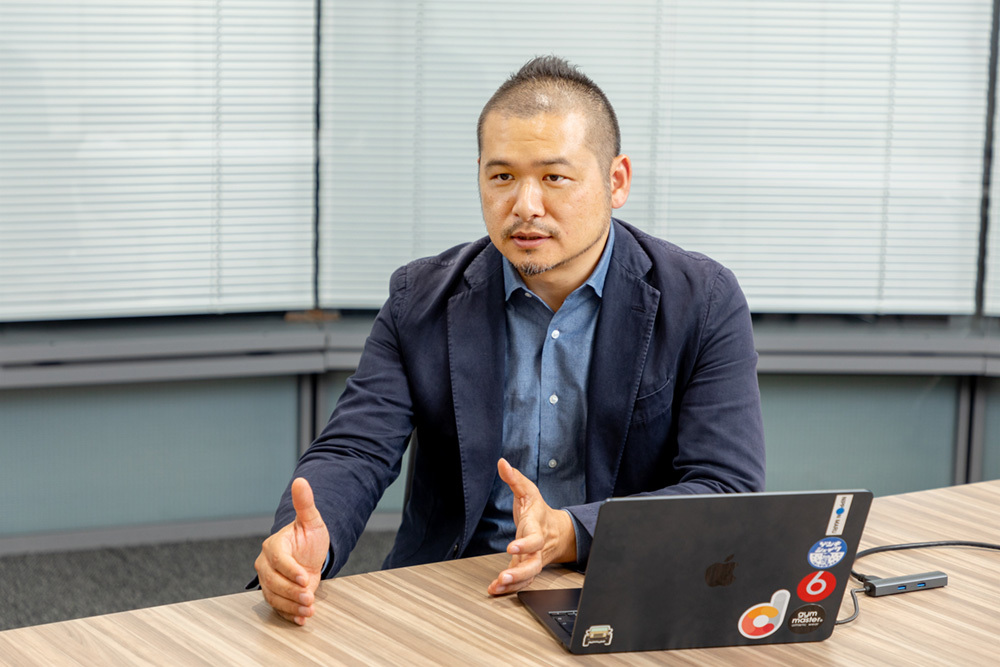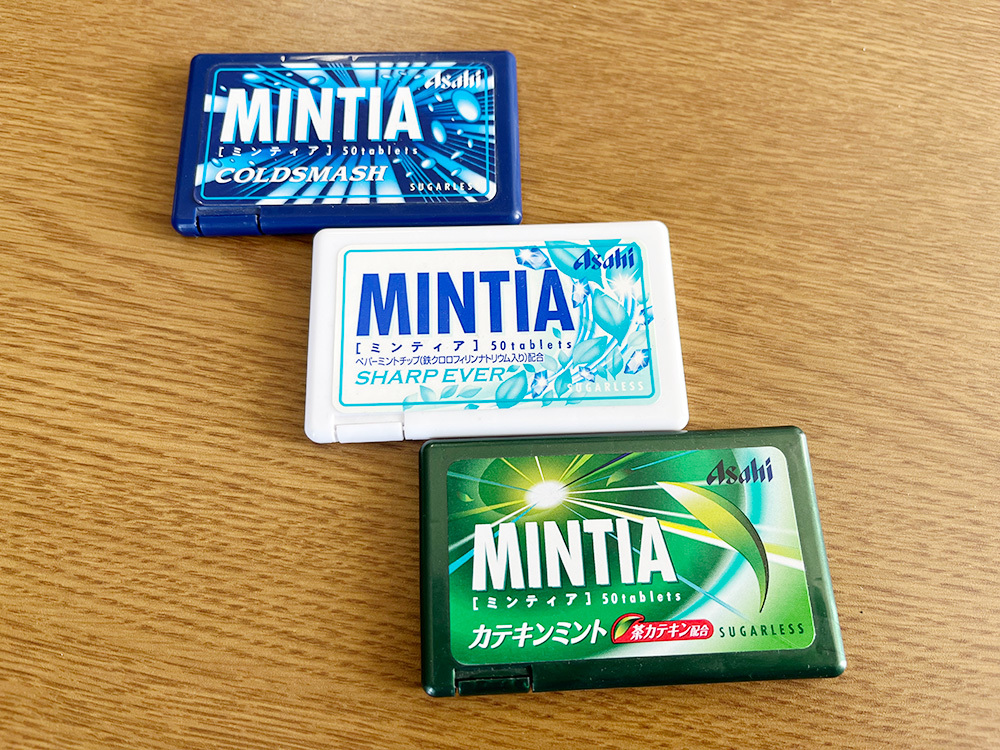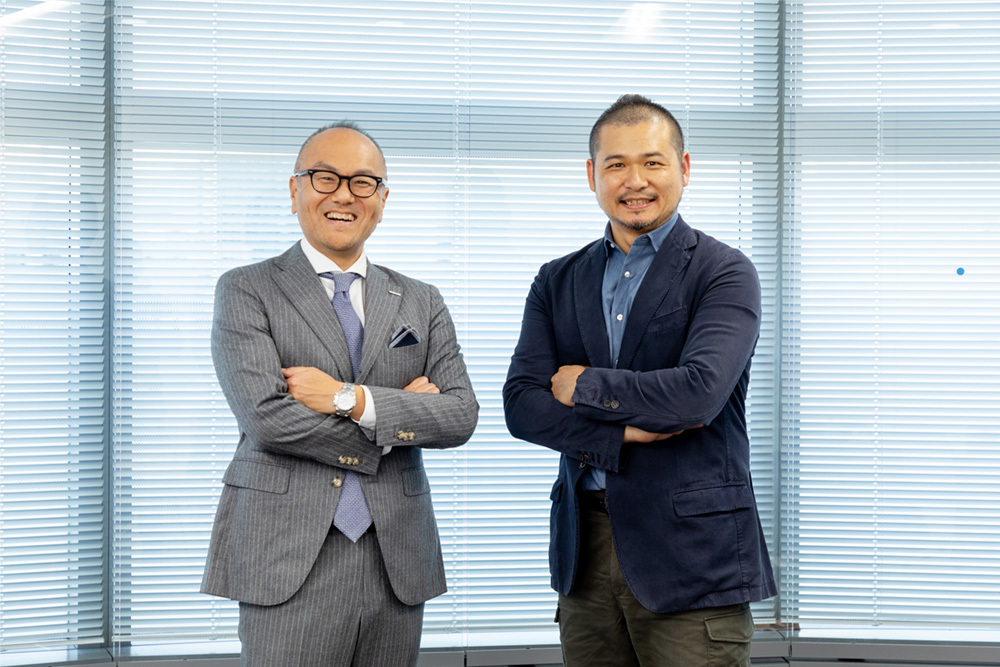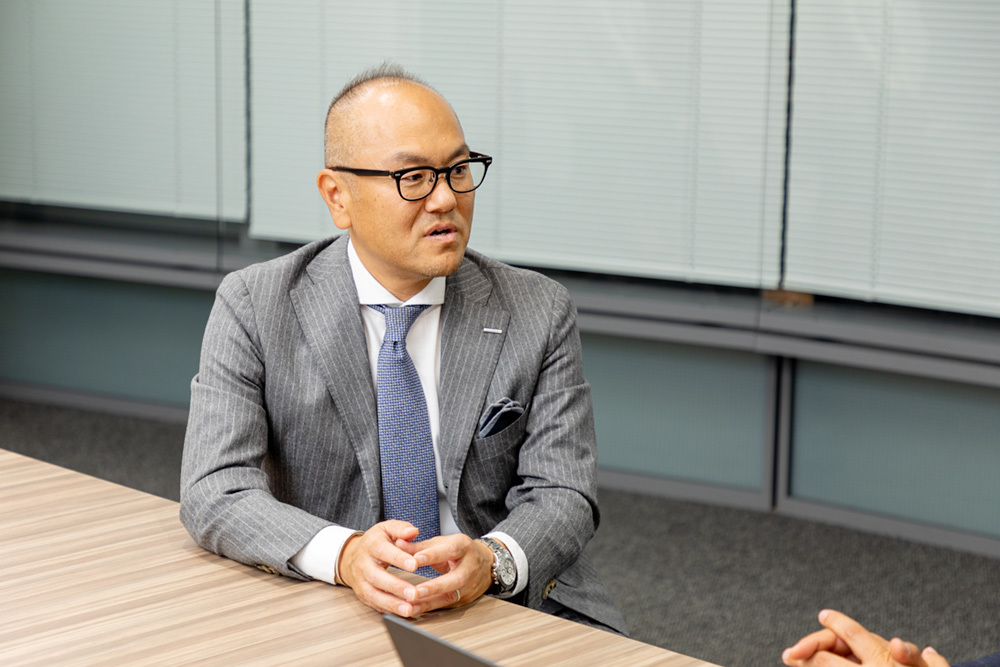This series delves into the essence of leadership by interviewing top executives who break all biases and drive business transformation within their companies as architects.
This installment features Mr. Akihiro Kato, General Manager of the Photosensitive Materials Business Unit at Asahi Kasei's Life Innovation Business Division.
For many years, Asahi Kasei's Photosensitive Materials Division has manufactured and sold photosensitive resin plates and plate-making equipment for flexographic printing. Then, in September 2023, marking the division's 50th anniversary, they announced a transformative initiative that challenges the printing industry's conventional wisdom: the launch of "Solvent ZERO," a solution to eliminate organic solvents(*) from printing operations.
Driven by the belief that we must protect workers and the environment, a conviction rooted in Asahi Kasei's enduring commitment to "life" and "living," we launched this "Solvent Zero Project."
In Part 1, we discussed the environment surrounding the Solvent ZERO Project and the catalyst for its creation. In Part 2, continuing from Part 1, we hear from Mr. Akihiko Fuchi of Dentsu Inc., who partners with the project, about the efforts and specific approaches toward its realization.
Fuchi: When we proposed the "Solvent-Free Project" to Asahi Kasei, Mr. Kato immediately said, "Let's do it." But honestly, what was the internal reaction?
Kato: When we announced the "Solvent-Free Project" internally, most employees were surprised. Among the products in the photosensitive materials division, the solvent-based resin plates were the mainstay products, accounting for 90% of sales. The remaining 10% were solvent-free water-developable resin plates. Therefore, realizing the "Solvent-Free Project" meant discontinuing sales of the mainstay products. Consequently, the internal reaction was, "What has Kato gotten himself into?" (laughs). Especially from the factory and other production sites, there were voices asking, "Are you serious?"
Fuchi: That makes sense. Given that situation, how did you move the initiative forward?
Kato: At Asahi Kasei, our mission is to "contribute to the lives and livelihoods of people around the world." As long as we sold solvent-based resin plates, we were effectively condoning an environment where workers at the production sites inhaled solvents. If we didn't have the technology, it might be unavoidable, but now we possess the development technology for water-processable resin plates. So, I explained to the employees that we wouldn't stop immediately, but would gradually transition.
What I didn't expect, however, was the reaction from my superior, the division head.
When I first reported on the "Zero Solvent Project," I was honestly prepared for him to raise concerns about sales and other issues. But without any surprise, he simply said, "Yeah, you're right. Get it done quickly."
Fuchi: I suppose the division head and other senior managers judged that prioritizing the company's purpose and role was more important than short-term sales.
Kato: Exactly. From there, we began various approaches both internally and externally. We visited our printing partners, toured production sites handling not just flexo but also gravure printing, and researched the challenges they faced.
Taking on our own product packaging redesign to prove printing quality
Kato: What really made me feel we were moving forward was when we started the process to switch our own product packaging to flexo printing.
During negotiations with manufacturers, no matter how much we touted the benefits of flexo printing, if they asked, "So, are Asahi Kasei's own products also flexo printed?" and we had to answer, "No, we don't do that," it lacked credibility. But in reality, gravure printing was being used instead of flexo. So, I proposed to Asahi Kasei Home Products whether we could switch the packaging for products like Saran Wrap® to flexo printing. Unfortunately, at first, they wouldn't listen at all...
Fuchi: Why weren't they listening?
Kato: They didn't understand because they'd never done it before. So they'd ask, "Can you guarantee the quality?" That's why I gave up on Saran Wrap™ for the time being and asked if we could try Zip Lock™ instead. Then I learned there was a Zip Lock™ package used for promotional items distributed at the Hebel Haus showrooms operated by Asahi Kasei Homes. They said if we got the OK from the president of Asahi Kasei Homes, we could modify that package. So, I went with my boss to meet the president of Asahi Kasei Homes. We asked, "We absolutely won't compromise on print quality, so please let us do it." We got permission right away, so we started with the Ziploc® novelty package.
We commissioned the design from Dentsu Inc.'s creative team, resulting in a package with a softer design, distinct from previous Ziploc® designs. Flexo printing has the strength of reproducing hand-drawn styles and warm textures, so it was great that we could express the freshness of vegetables through illustrations and such.

Fuchi: How did everyone in the company react?
Kato: The feedback was very positive, and we even received compliments from the folks at Asahi Kasei Home Products. Hearing them say, "You guys are really doing something here," was very gratifying. This initiative has sparked discussions about launching new projects. It finally feels like the company is starting to move toward flexo printing.
What changes occurred around you after declaring "Solvent ZERO"?
Fuchi: In September 2023, there was also a significant move toward the market, right?
Kato: Marking the 50th anniversary of the Photosensitive Materials Division, we announced "Solvent ZERO" as our management vision and declared a concrete roadmap for its realization. Specifically, this means discontinuing the manufacture and sale of solvent-developable resin plates by 2030.
Fuchi: This declaration conveyed Asahi Kasei's resolve. It truly embodies business transformation.
Kato: That's right. It means abandoning our flagship product, which previously accounted for 90% of our business. However, I feel we were able to convey to many people Asahi Kasei's commitment: "We will not manufacture products that lower people's quality of life" and our determination to "change the working environment in printing facilities."
Fuchi: Did gaining support from stakeholders in the printing industry lead to any changes?
Kato: Yes. Understanding our stance, some printing companies have started building a "partner" relationship with us. They're not just selling resin plates but also supporting us in efforts like equipment maintenance and improving workplace environments, working together toward a solvent-free future.
Fuchi: Indeed, when aiming to transform the entire industry structure, involving partners who can help realize this vision and stakeholders who share the vision feels essential to sparking a movement.
In this initiative, for example, Asahi Kasei and printing companies are teaming up to create momentum around "eliminating solvents from the printing site" and "improving the environment." This naturally leads to manufacturers placing print orders becoming aware of water-developable resin plates and flexo printing that can use water-based inks.

Kato: That's right. Personally, I'm starting to feel tangible signs that such new movements are beginning to emerge within the industry itself.
Fuchi: The animated video we created when announcing "Solvent ZERO" was well-received. The story is based on your original experience in Taiwan, right?
Kato: That's right. We created this video to raise awareness about the "Solvent ZERO Project." Since it's an animation, we hope many people will watch it, perhaps with their children, and become interested. We plan to compile it into a picture book and use it to promote flexo printing going forward.
Fuchi: While raising awareness for the "Solvent ZERO Project," flexo printing also gave rise to the slogan "Printing for brands that are gentle on life and living." As the Dentsu Inc. team, we hope to create a flow where manufacturers adopt flexo printing. We plan to utilize it as a means to express their values, propose it as part of a package including product sales approaches and design, and build momentum for its adoption.
New water-developable resin plates continue to emerge. The future envisioned by Asahi Kasei
Fuchi: I believe the environment surrounding flexo printing has changed significantly over the past year. Could you share your outlook for the future, Mr. Kato?
Kato: Factors like our announcement of "Solvent ZERO" and the tightening of organic solvent regulations in South Korea have also influenced Japan, where the "solvent-free" movement is accelerating even more. We want to firmly grasp this global trend and make 2024 the year flexo printing truly takes off, further expanding its adoption. We believe this will lead to improved environmental conditions at printing sites and reduced environmental impact.
Furthermore, our water-developable resin plates are continuously evolving. Previous water-developable resin plates required industrial detergents for cleaning and plate making, but the water-developable resin plate we announced this year can be developed using household dishwashing detergent. We have also developed equipment capable of recycling 85% of the waste liquid.
We are now working towards announcing a new resin plate product that can be developed using only tap water, without any detergent—a goal we set for development. Beyond developing these products, we want to collaborate with Dentsu Inc. on various initiatives to create a major movement, making 2024 the true first year of flexo.
Fuchi: We ourselves believe flexo printing, which achieves zero solvents and reduces environmental impact, holds tremendous potential. We would be delighted to continue collaborating with Asahi Kasei to produce various innovations that contribute to realizing the society they envision.














